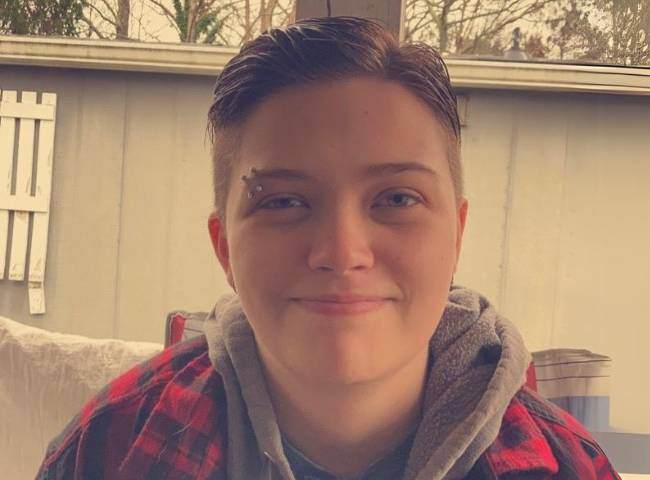Meet Oliver

Oliver's story
HRT Access Fund recipient
Oliver (he/him) has faced significant barriers in accessing healthcare due to the lack of insurance and financial instability. He lives in a state where finding a healthcare provider is challenging but not impossible. However, the high costs and long wait times for appointments have made it nearly inaccessible for him.
In 2021, Oliver suffered a fractured bone and had to pay for surgery and medical care out of pocket, leading to significant credit card debt. This financial strain has made it difficult for him to afford basic necessities, let alone healthcare. Oliver is currently unemployed but has faced challenges with insecurity and gender dysphoria.
Receiving HRT would not only help him navigate daily life with more ease but would also pave the way for him to afford his healthcare in the future, giving him the chance to live authentically and confidently.
Oliver's timeline
-
Award Granted
August 12, 2024
Oliver was awarded a grant toward HRT/GaHT!
-
HRT Onboarding Date
September 19, 2024
Oliver was seen by their HRT/GaHT provider.
About Testosterone+
On average, it costs $1,200+/year for Oliver's care.
- What is it?
- Accessibility
- After care
What is it?
Testosterone+ refers to the gender-affirming hormone replacement therapy (HRT) methods that some trans men, trans masc, and non-binary people take that result in physical changes which align with their gender identity. Every person's preferences and personal healthcare needs vary, so this can include oral medications, injections, and transdermal patches.
How accessible is it for trans folks to receive this care?
For trans folks who live in states most impacted by anti-trans healthcare legislation, it can be extremely difficult to find a knowledgeable, trans-affirming provider as well as access prescription medication. Many insurance plans do not cover HRT. For trans folks without insurance coverage, the ongoing out-of-pocket expense can be challenging.
What is the impact of this care on the recipient’s life?
Testosterone+ introduces a wide range of masculinizing physical, emotional, and psychological changes that align with their gender identity. This often leads to a more positive emotional well-being, increased confidence, increased safety when in public, and better opportunities at employment and more.
Your support funds healthcare that's
life-changing. Life-saving. Life-giving.